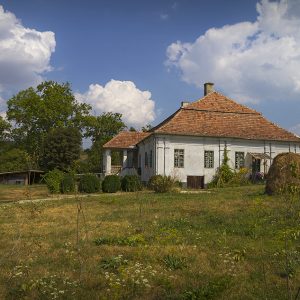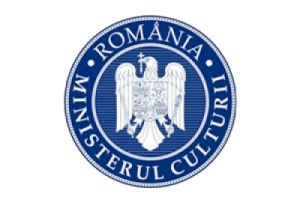- National Monument Number:
- CJ-II-m-B-07803
- Address:
- Țaga commune, village of Țaga, nr. 139
- Dated to:
- 18th century
The Wass family has built two castles in Țaga/Cege, but only the smaller one remains today. The son of Wass János the Younger, Wass György, was the first to strengthen the family’s financial standing as far as the realty was concerned. He was buried near the smaller castle in 1594. The construction of the larger castle was commissioned by another Wass György (1658-1705), who was the son of Wass László and Teleki Anna. This castle was completely demolished after WW2. Wass Sámuel (1754-1812) fortified the smaller castle and built two artesian wells on its courtyard. It was then passed on to Wass Ádám (1821-1893). He commissioned restoration works two times during his lifetime, in 1848 and in 1875. He also contributed to the restoration of nearby roads, advancing a project that helped develop them to have surfaces comprising of wooden blocks. Following the deaths of Wass György (1878-1925) and Wass Olivér (1855-1932), the castle became Wass Albert’s (1908-1998) property. He was the son of Wass Endre (1886-1975) and the nephew of Wass Béla (1853-?).
The castle that remains to this day was built in 1769 by Wass Ádám. The castle was originally built in Transylvanian baroque style, with a ground floor, basement, mansard roofing and entrance veranda, two pavilions with square layouts (these no longer exist), a baroque pavilion library with a colonnade (no longer exists), and a horseshoe-shaped wall section ornate with a colonnade. The castle’s layout is rectangular, it has two short square towers and four pavilions. It is surrounded by a small park with two artesian wells in front. The main building, constructed in Transylvanian baroque style, the basement, the ground level and the couple roof remain to this day. The family crypt is located near the building, and is first mentioned in the family archives in 1776. The posterior facade has been extended along the years. In 1946, Wass Albert was convicted as a war criminal by the Romanian People’s Tribunal, and the castle became a headquarters for the State Agricultural Undertaking.













